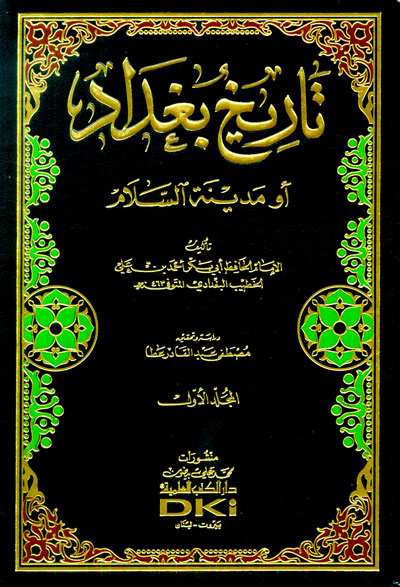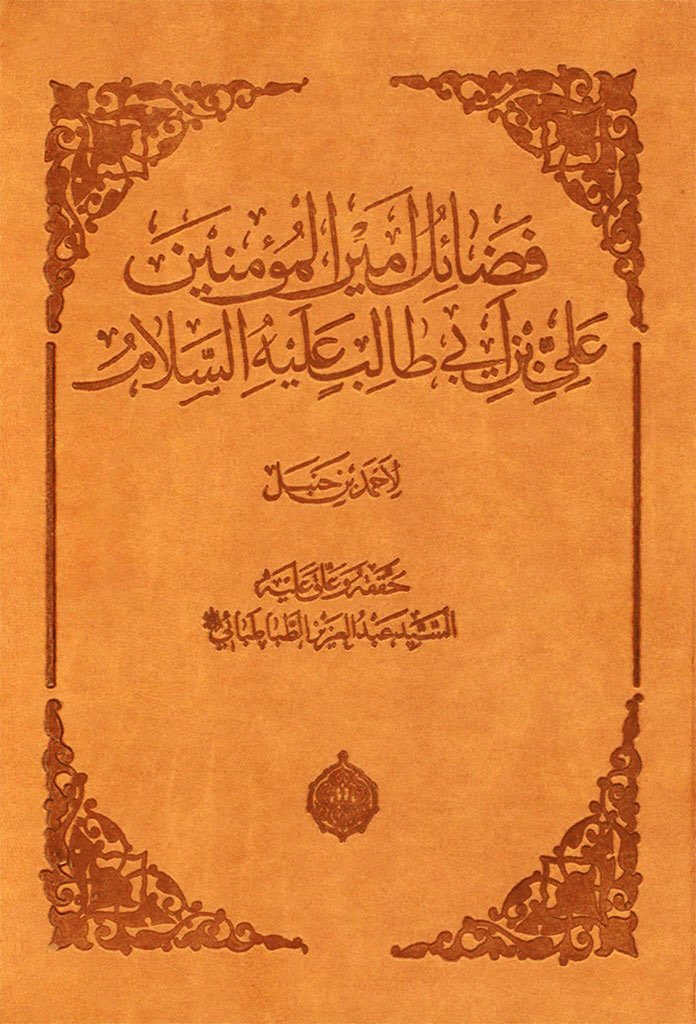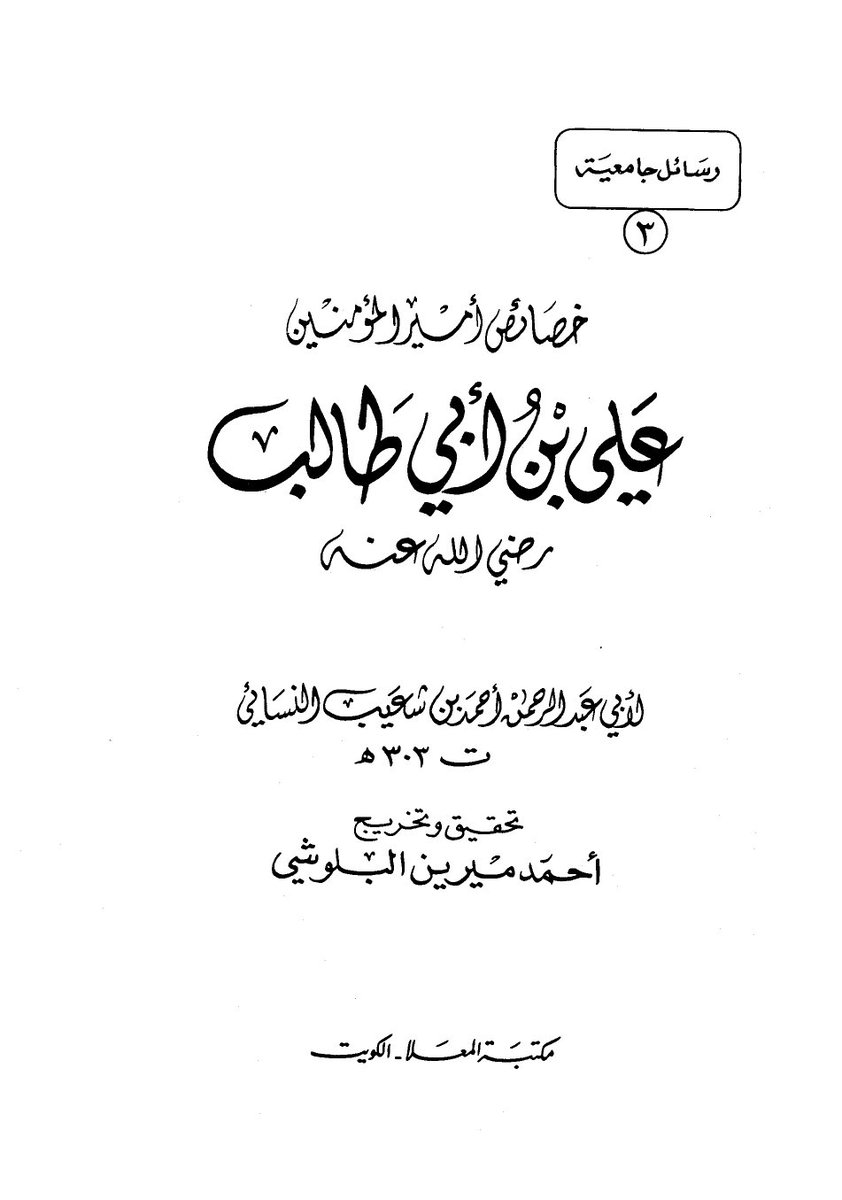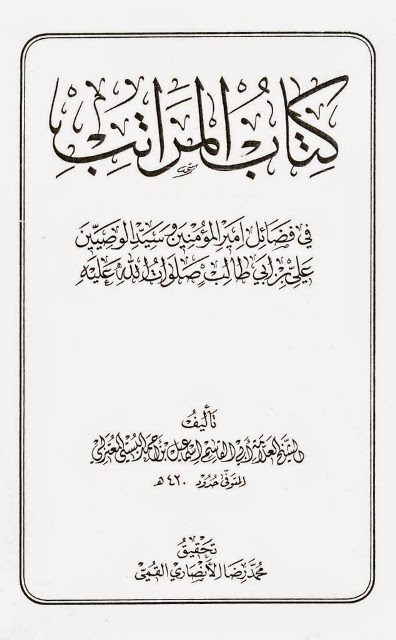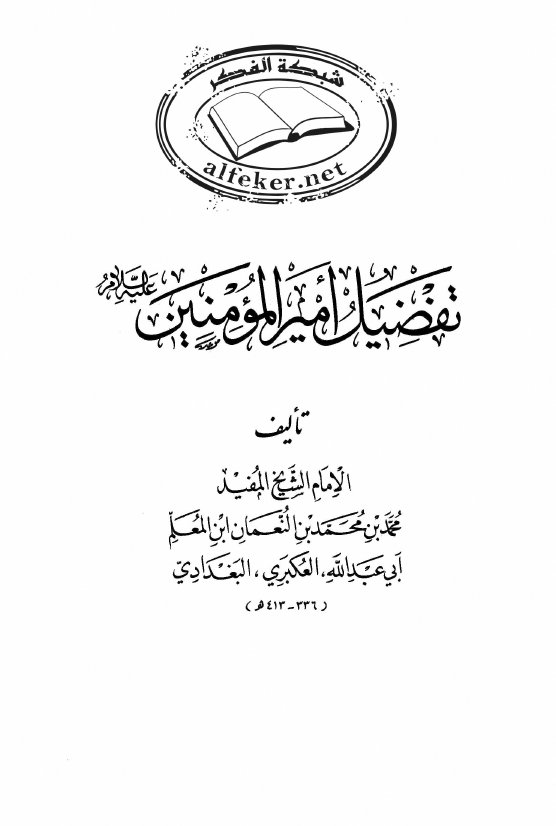1/ (Revised) thread on ʿAlī b. Abī Ṭālib in medieval Muslim memory. The 19 and 21 of Ramadan holds special significance for Shiʿi Muslims, marking the death of ʿAlī in 661 AD. For Shiʿis, ʿAlī is the pole of spirituality, normative voice of morality, and fountainhead of learning
2/Counted among the earliest followers of the Prophet, ʿAlī was Muḥammad’s cousin & son-in-law. A great many authorities and groups came to admire ʿAlī and hold him in high regard, whether Sufis, Sunnis, Shiʿis, or Christians. ʿAlī occupied a prominent place in medieval memory
3/Ibn Shādhān al-Qummī (d. 1029), Shiʿi jurist and ḥadīth scholar, recounts one hundred virtues (فضائل) of ʿAlī in the ḥadīth corpus, among them: “If trees were pens, oceans ink, the jinn as count, and humans as scribes; not even then could the virtues of ʿAlī be exhausted".
4/Medieval admirers of ʿAlī made a point to draw an intimate nexus between ʿAlī and the Quran. Ibn ʿAsākir (d. 1176), a Sunni, tells a report going back to Ibn ʿAbbās (d. 687) stating, "no one has received more quranic praise than ʿAlī" [ما نزل في احد من كتاب الله ما نزل في علي]
5/In the genre of ʿAlī-related virtues, medieval Muslim authors counted hundreds of quranic verses revealed in praise of ʿAlī. Al-Khaṭīb al-Baghdādī (d. 1071) (and Ibn ʿAsākir too) narrates from Ibn ʿAbbās that, “three-hundred verses of the Quran were revealed in praise of ʿAlī"
6/ʿAlī’s medieval admirers recognise 20 traits separating him from the rest of the early Muslim community. ʿAlī’s vision of Islam spoke of a modus vivendi modelled on a spirituality-religious community of the Prophet his family, as opposed to the communis opinio of the masses.
7/One of the twenty ʿAlī-specific traits found in medieval literature is the elevation of ʿAlī as the most learned, the gate to prophetic knowledge, and the bearer of prophetic secrets encapsulated in the ḥadīth: "I am the city of knowledge and ʿAlī is its gate".
8/As early as the third and fourth hijri centuries (9th and 10th AD) Sunni and Shiʿi authorities were composing panegyrics about ʿAlī enumerating those virtues of his anchored in the ḥadīth literature. The genre is known as فضائل امير المومنين علي.
9/In a section dedicated to ʿAlī - later published as a separate volume - Aḥmad b. Ḥanbal (d. 855) collated a many traditions in praise of ʿAlī, later published by ʿAbd al-ʿAzīz al-Ṭabātabāʾī, the famous Shiʿi bibliographer and literati.
10/another ʿAlī-specific virtue work is that of al-Nasāʾī (d. 915 AD), compiler of one of the six canonical hadith collections in Sunni Islam. Nasāʾī lists 188 virtues of ʿAlī ranging from being most pious to most learned.
11/Shiʿi authors too produced works dedicated to the virtues of ʿAlī. Among the Zaydis the most known was المراتب في فضائل امير المومنين by Abī l-Qāsim al-Bastī (d. 1010)

 Read on Twitter
Read on Twitter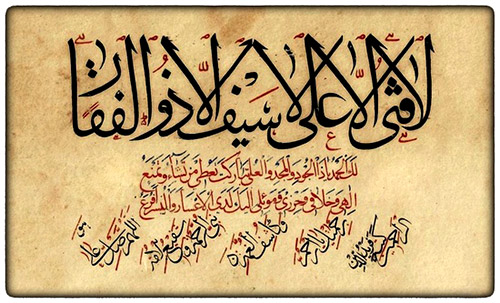

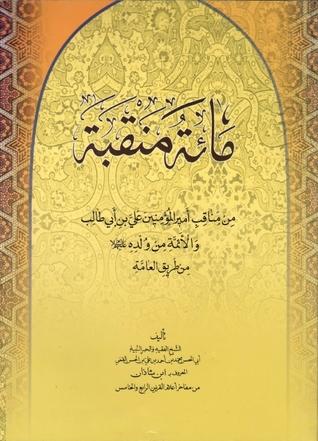
![4/Medieval admirers of ʿAlī made a point to draw an intimate nexus between ʿAlī and the Quran. Ibn ʿAsākir (d. 1176), a Sunni, tells a report going back to Ibn ʿAbbās (d. 687) stating, "no one has received more quranic praise than ʿAlī" [ما نزل في احد من كتاب الله ما نزل في علي] 4/Medieval admirers of ʿAlī made a point to draw an intimate nexus between ʿAlī and the Quran. Ibn ʿAsākir (d. 1176), a Sunni, tells a report going back to Ibn ʿAbbās (d. 687) stating, "no one has received more quranic praise than ʿAlī" [ما نزل في احد من كتاب الله ما نزل في علي]](https://pbs.twimg.com/media/E0U5Sb0XEAYBth2.jpg)
